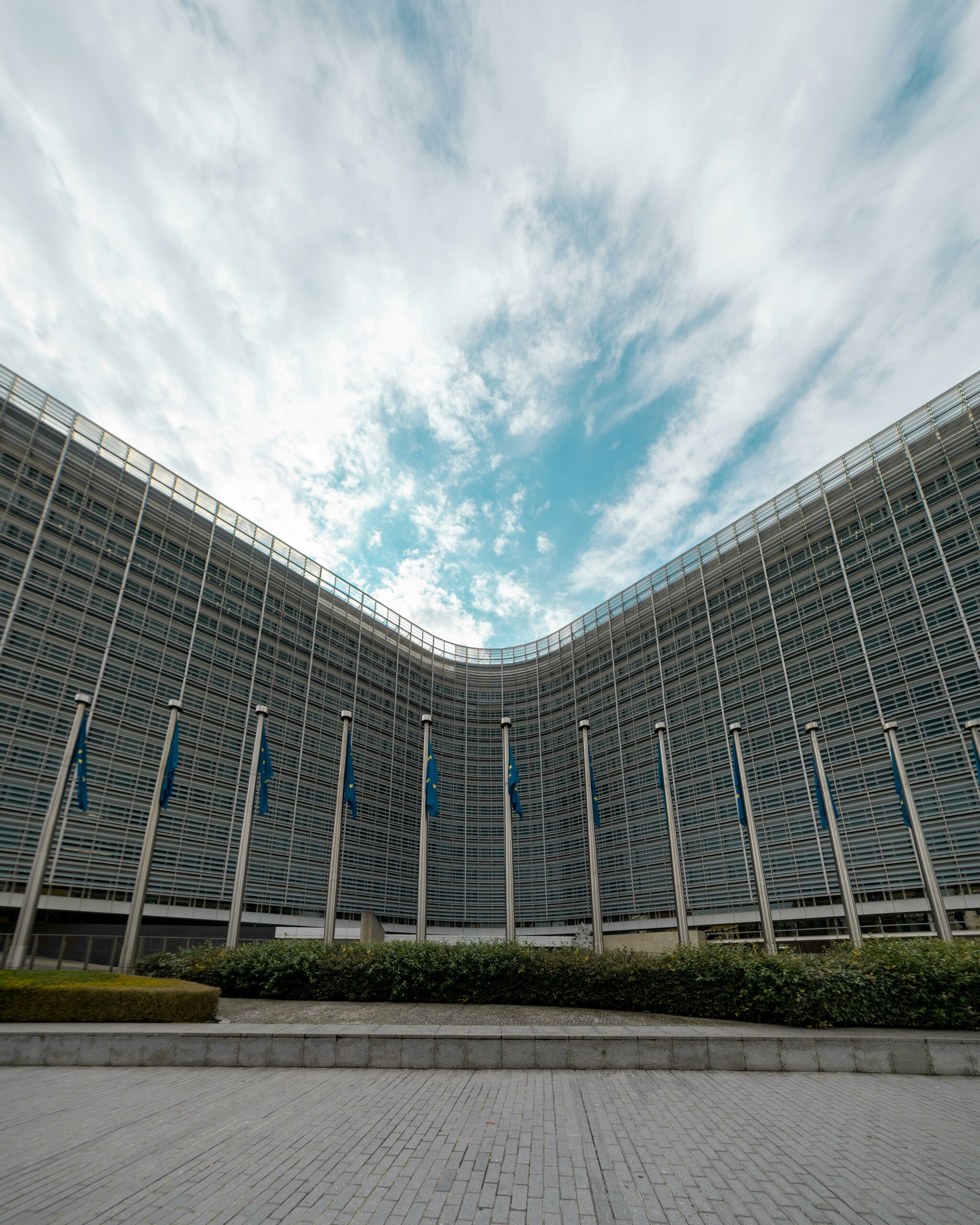This article has been updated and was initially published on bsr.org here.
Public-private partnerships (PPPs) on eco cities, and for other smart and clean technologies, have been on the rise for decades. Problem: we’re not on track to meet Agenda 2030. We’re not on track to meet Paris Agreement target 2030. Despite decades of PPPs. What’s wrong?
Regulations have encouraged PPPs for decades with some success
Regular European Commission Recommendations to mobilize the information, communications, and technology industry to facilitate a transition to a low-carbon economy have tried to boost impact of PPPs for decades. They have been great efforts and have shown how directives and regulations can encourage PPPs to work through synergies and move faster bigger using complex public private consortiums. For example the European Commission expected to reduce GHGs across Europe by 20 percent below 1990 levels by 2020 relying extensively on larger and longer-term strategic partnerships between companies and governments.
But we haven’t reached the scale and impact needed to be on track with Agenda 2030
These efforts mark a good start and provide important insights for the future success of similar PPPs. 3 main reasons have made them not capable to fully meet expectation. It’s high time to explore these points to ensure greater impact at a time when moving collectively faster and bigger is important to address the challenges of resilience and inclusion we have to overcome.
First, the development of PPPs can succeed only if companies and governments take the long-term view. As an example, the demand for electricity will double by 2030, due to trends like e-mobility. That’s very clear. But neither companies nor governments are really capable to engage resources and plan over the decade.
- Right now – and we are well placed to surprisingly observe the following: large companies don’t have sustainability targets reaching way beyond 2025. And we’re optimistic and polite when we say so. In practice, we are aware of a myriad of examples where Fortune 500 companies actually don’t even have a serious clue beyond 2020 or 2022. On a topic like climate, they are just starting working on scenarios and just exploring options potentially impacting their activities by 2030….
- Right now – most governments are unable to engage resources meaningfully to seriously mobilize resources and address Agenda 2030 requirements. That’s indeed not coming from me, but if you look at COP21 Paris Agreement and the climate chapter relevant to SDGs, you can easily see that virtually no government has track records to date to have mobilized resources and strategize plans to be on track with a 1,5 degree trajectory. That’s really worrying
A conclusion for PPPs to become more impactful is quite obvious. Even if corporations and governments don’t really know how they will look like by 2030, they certainly need to look at the big picture and project their plans way beyond this target date. SDGs and Paris Agreement are clearly showing the way forward.
Secondly, public authorities can contribute by providing more stability and richer ecosystems to explore open innovations at times of deep digital transformations. Governments—in particular, city governments—have a large role to play in enabling a large-scale deployment of tech initiatives, including financial incentives to customers installing equipment that use renewable sources of energy for example. Development of Electrical Vehicles for instance is illustrative of what’s needed. Technologies are changing fast improving access to batteries, location of empty space across available charging stations, predictable needs of segments of users optimizing car sharing and infrastructure developments… EV can be successful only if a complex ecosystem of players can be connected and if especially urban areas can allow these complex ecosystems to develop in stable and predictable environments. The more public can act as an enabler and private can act as an entrepreneur the more these PPPs can build on the power of technologies to explore innovations with scalable impact.
Lastly, voters and consumers need to endorse and support such partnerships. We need to see consumers as agents of change ready to move beyond their sometimes tepid acceptance of smart grid technology. A behavioral change is requisite, and technologies like smart meters which target lower energy consumption make sense only if consumers also learn to reign in their energy use.
We think activating consumer participation in energy efficiency is key to transforming PPPs into success. With this, we could move beyond traditional public-private partnerships into a next generation of “P3” structures—public-private-people partnerships.
Author of several books and resources on business, sustainability and responsibility. Working with top decision makers pursuing transformational changes for their organizations, leaders and industries. Working with executives improving resilience and competitiveness of their company and products given their climate and human right business agendas. Connect with Farid Baddache on Twitter at @Fbaddache.






